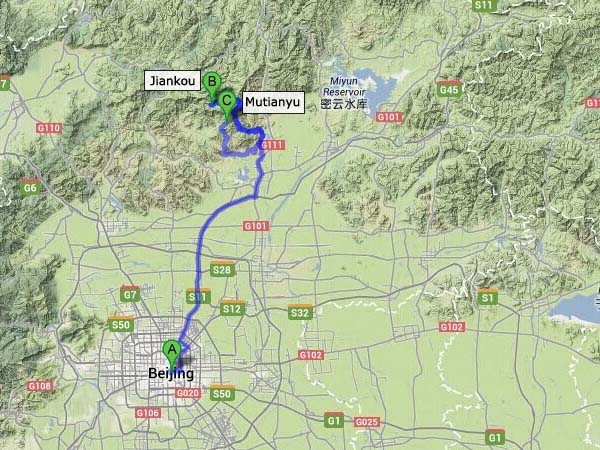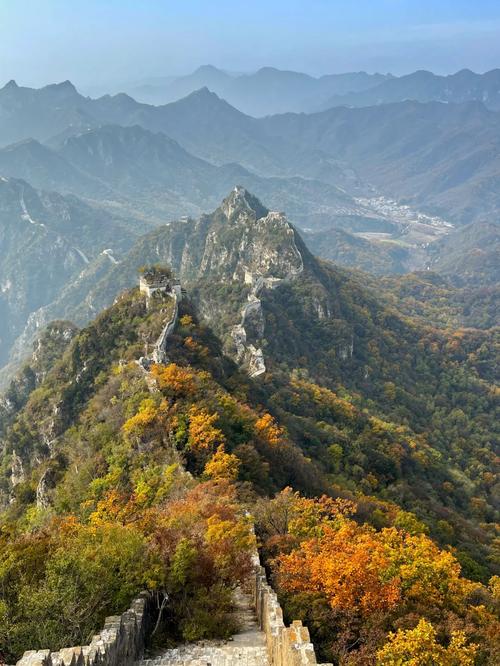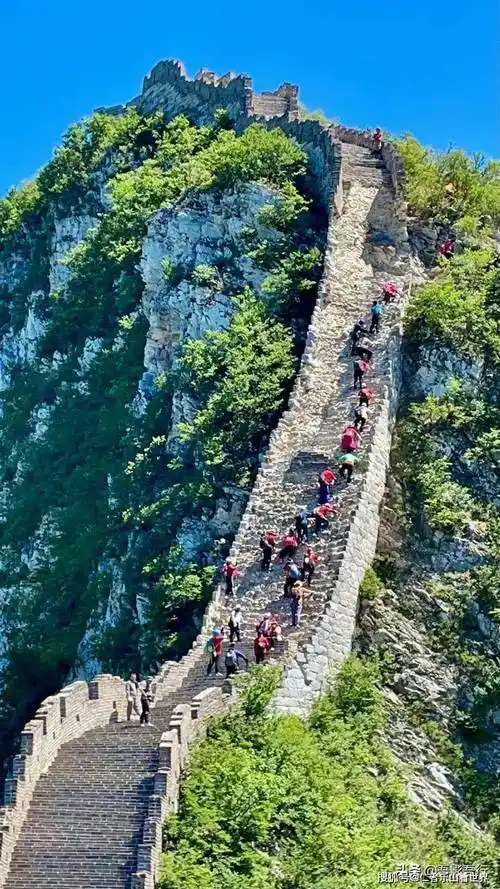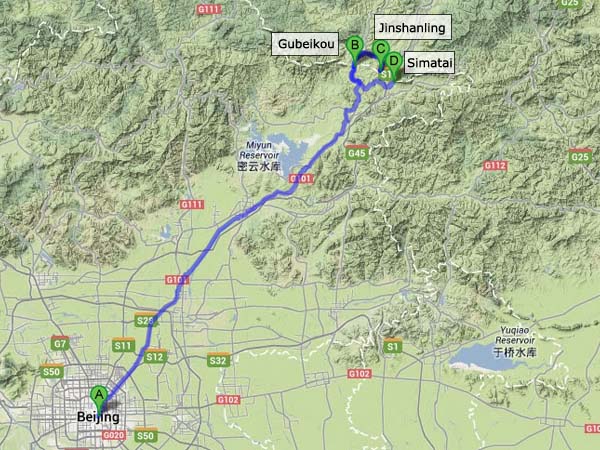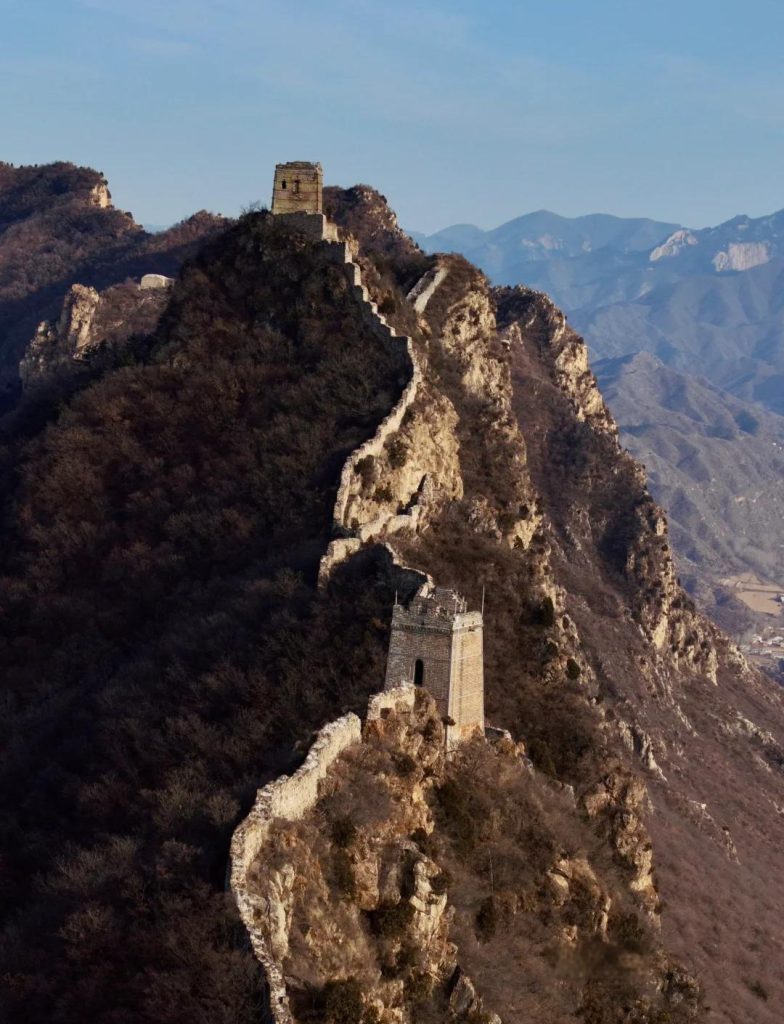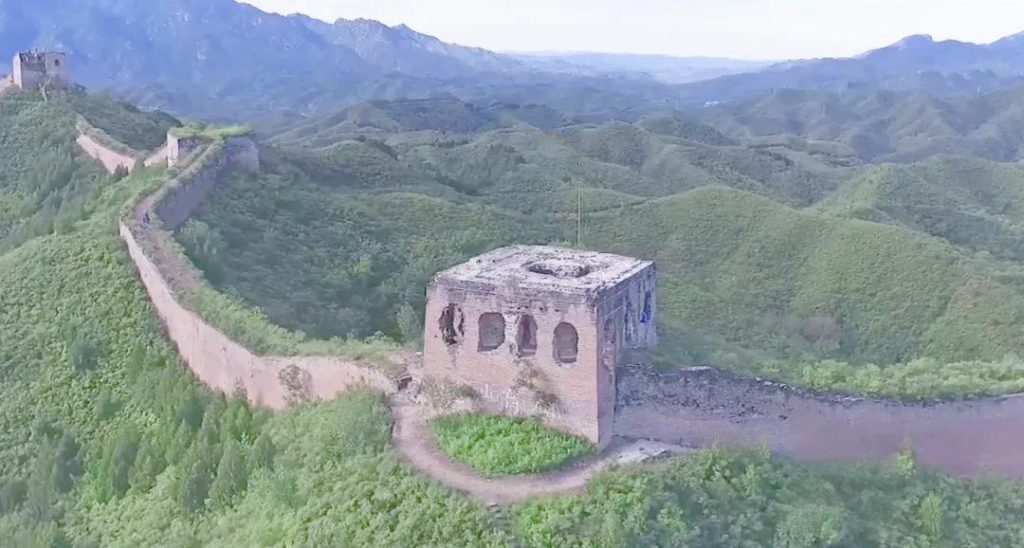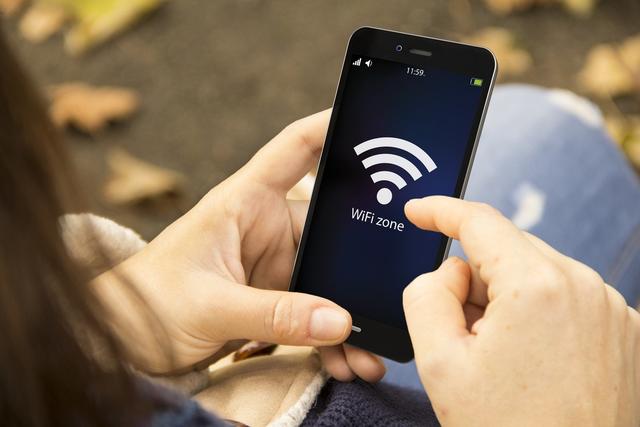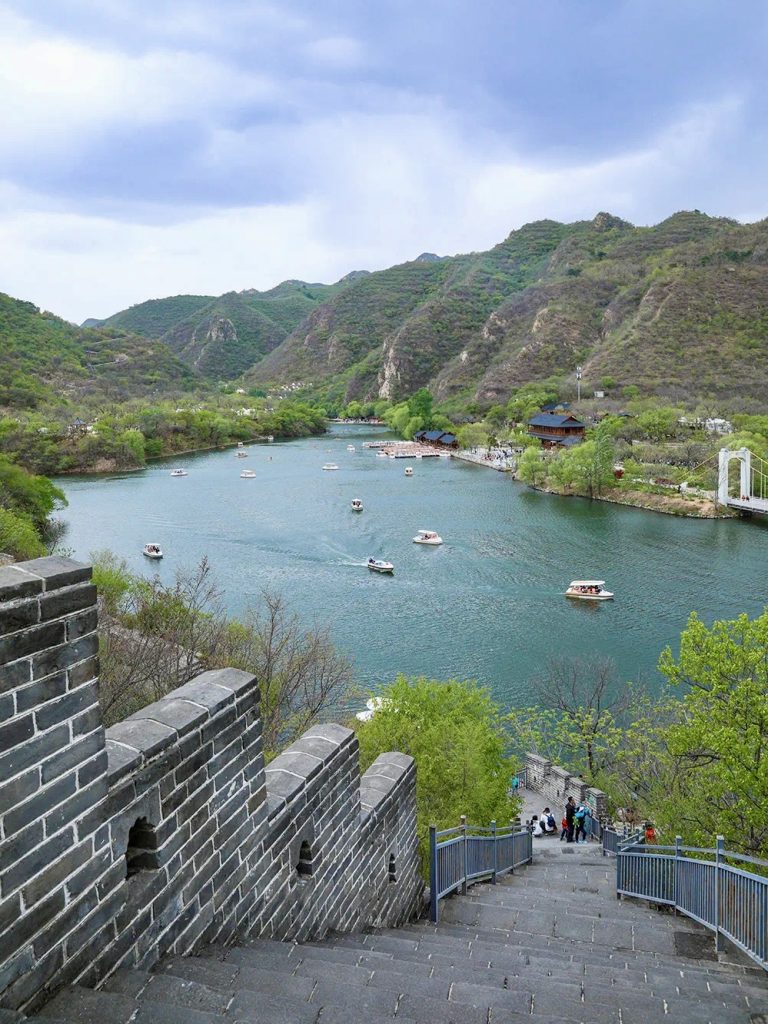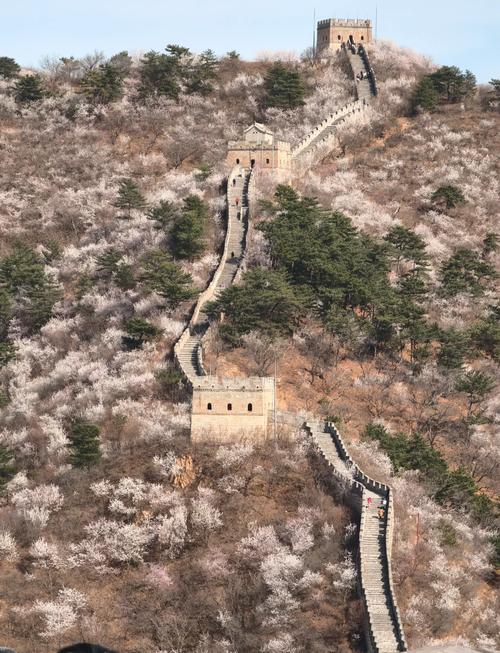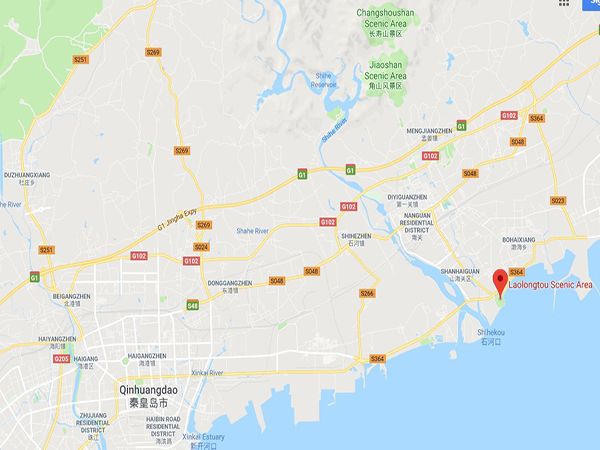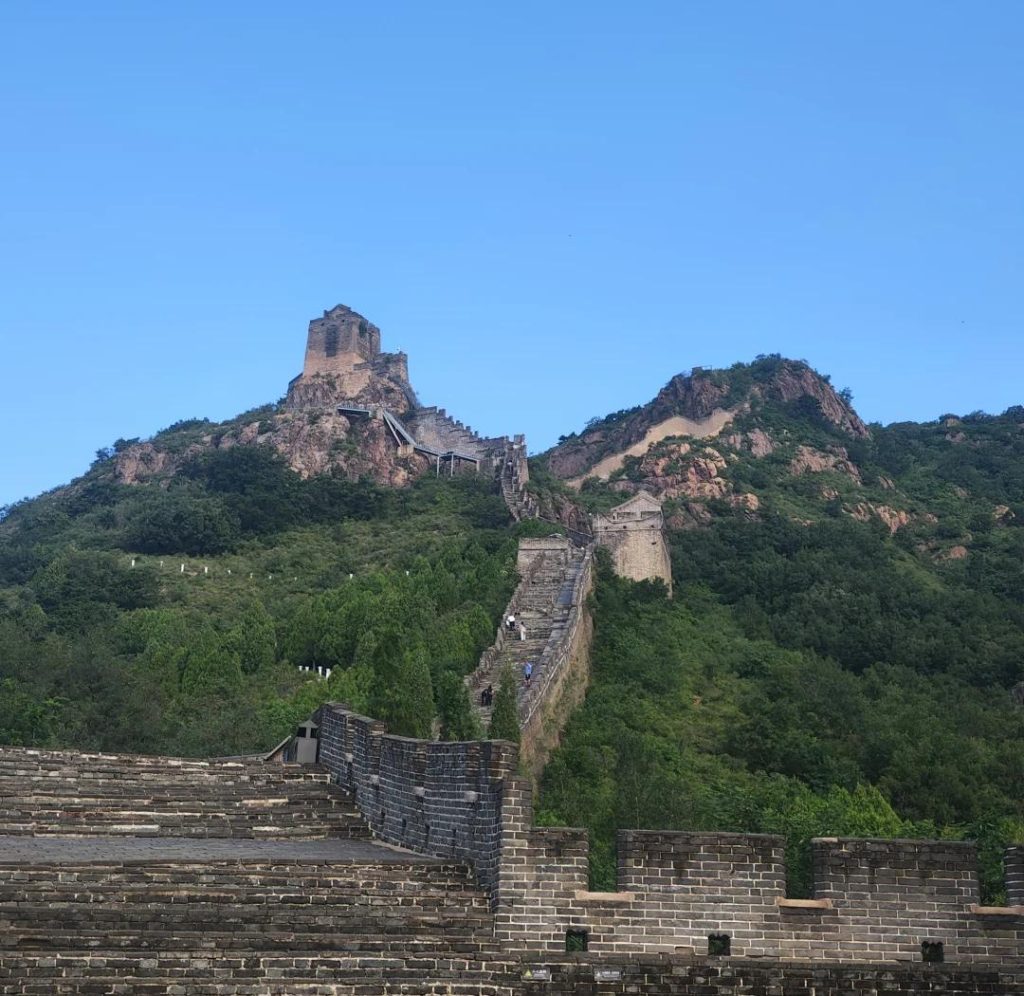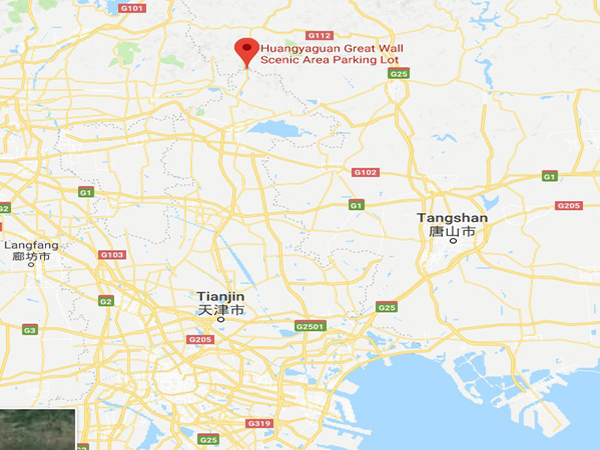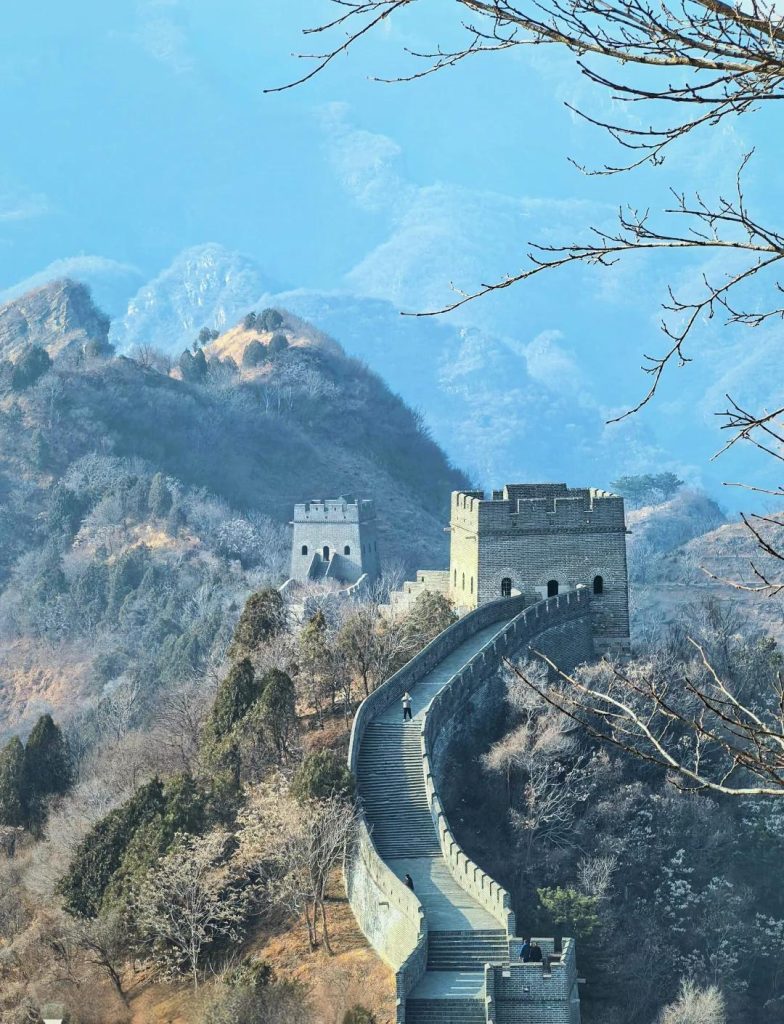The Great Wall is a dream for many travelers—but if you’re a senior, use a wheelchair, or have mobility issues, you might worry: Can I actually visit it? The good news is yes—some sections near Beijing are set up to help you enjoy the view. Let’s break down which ones work best, and what to expect.
First, let’s be honest: Most Great Wall sections are steep, with narrow stairs and no rails. They’re historic, but not built for easy access. But two main spots near Beijing have made changes to welcome everyone: Badaling and Mutianyu. Juyongguan has a small accessible area too, but it’s more limited.
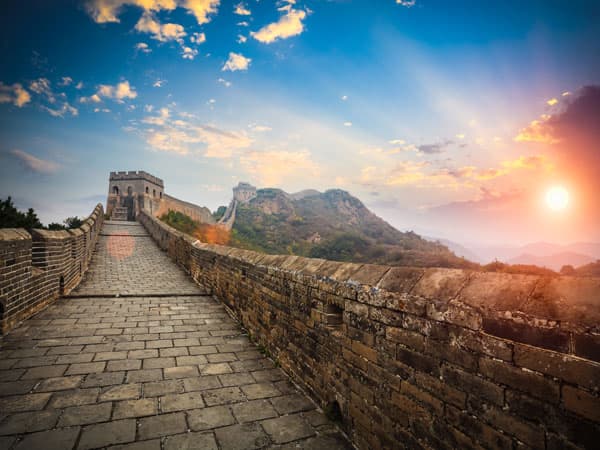
Badaling Great Wall: The Most Wheelchair-Friendly Choice
Badaling is the closest section to Beijing (about 1.5 hours by car), and it’s the most set up for wheelchair users—thanks to changes made for the Olympics. Here’s what makes it easy:
- Ramps and Elevators: There’s a special “no-barrier” path with gentle ramps that leads up to the third watchtower. If ramps feel too tiring, you can use one of two elevators—just contact Badaling’s administration ahead of time (they’ll help arrange a security escort).
- Flat Lanes: Once you’re on the wall, a flat lane lets you move from the first to the third watchtower without stairs. It’s not a long stretch, but it gives you that real Great Wall feeling—views of the mountains, the zig-zag of the wall, and the breeze.
- How to Find It: When you get to Badaling’s entrance, look for signs that say “No Barrier Access” near the ticket stand. Follow those, buy your ticket, and tell the attendant you want to use the elevator—they’ll guide you.
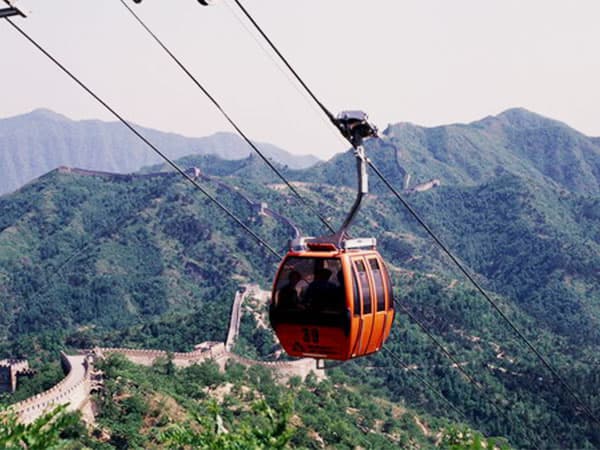
For seniors who can walk a few steps, Badaling is even better—you can go beyond the third watchtower if you feel up to it. But even if you stick to the accessible area, it’s worth it.
Mutianyu Great Wall: Possible, But More Tricky
Mutianyu is quieter than Badaling, with a cable car and even a toboggan slide for the way down. But for wheelchair users, it’s a bit harder:
- Cable Car Help, But Not Perfect: The cable car takes you up to near the 14th watchtower, which saves a lot of climbing. There’s a barrier-free path to the cable car station, but here’s the catch: You still need to walk a few stairs to get into the cable car, and once you get off, there are more stairs to reach the wall’s top.
- Need a Helper: You’ll definitely want someone with you to push the wheelchair—there are steep slopes near the cable car stations that are hard to manage alone.
- The View Spot: Once you’re up, there’s a small flat platform where you can sit and watch the wall stretch over the mountains. It’s a nice view, but you can’t move far along the wall itself—most of it has steps.
If you’re a senior who can walk short distances (with help), Mutianyu’s quiet vibe might be worth it. But if you rely fully on a wheelchair, Badaling is better.
Juyongguan Great Wall: A Short Stop
Juyongguan has a 180-meter barrier-free path at its East Gate. It leads up to the top of the pass, where you can see the Great Wall in the distance. But that’s as far as you can go—beyond that, there are stairs and steep slopes. It’s a quick stop if you’re passing by, but not a full Great Wall experience.
Tips for a Smooth Trip
- Book Accessible Transport: Regular taxis might not fit wheelchairs. Book a wheelchair-accessible van ahead of time, or ask your hotel to arrange one. If you have a folding wheelchair, a private car with a driver (easy to book through local travel agents) works too.
- Bring Help: Even at Badaling, having someone with you to carry bags or steady you on the ramps makes it easier.
- Take It Slow: Don’t rush! Stop often, drink water, and enjoy the moment. The Great Wall isn’t about how far you go—it’s about being there.
You don’t have to miss out on the Great Wall because of mobility issues. Badaling’s accessible area gives you that magic, and with a little planning, you can have a day you’ll remember. It’s not about climbing to the top—it’s about standing there, looking out, and thinking: I did this. I saw the Great Wall.
